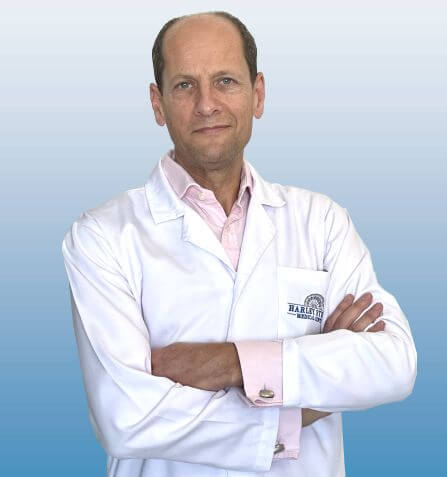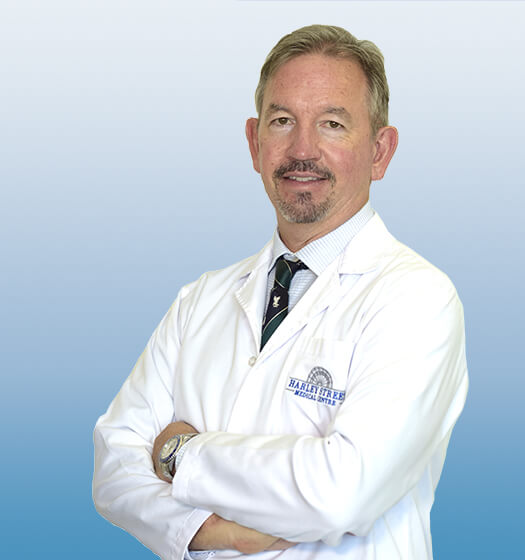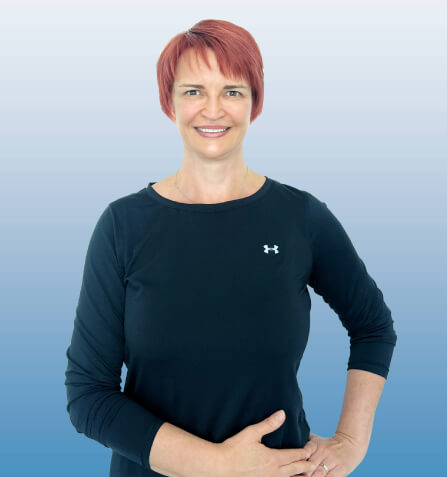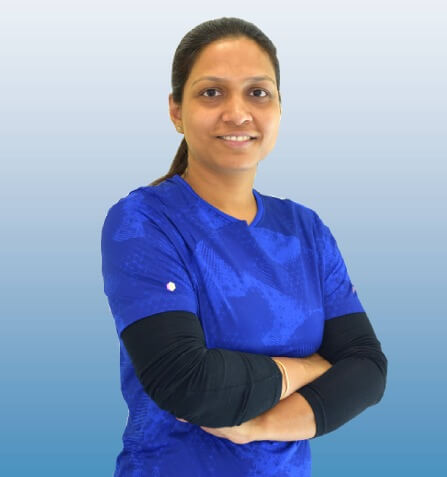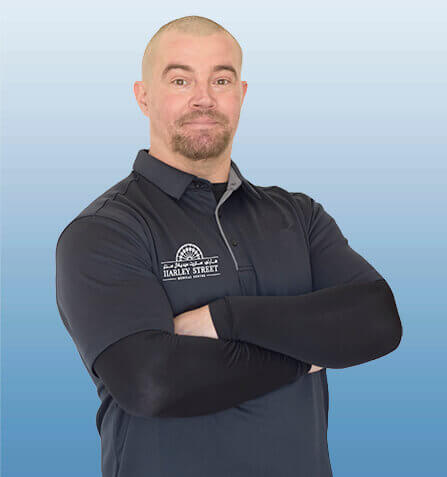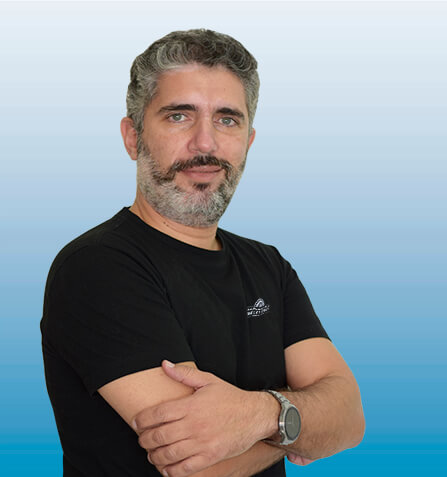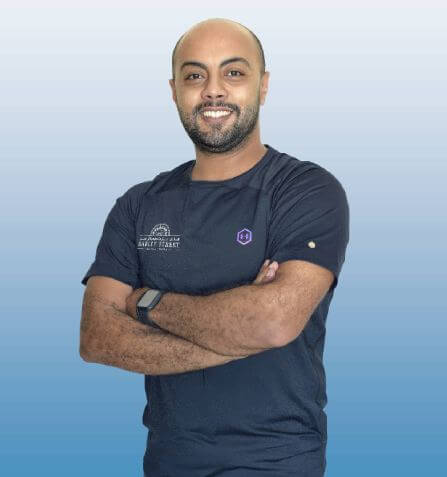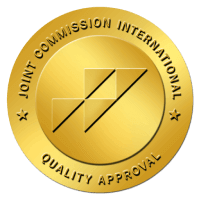DE QUERVAIN’S TENDONOSIS
De Quervain’s Tenosynovitis is a hand condition affecting a patients’ ability to move their thumb. It used to be referred to as washerwoman’s sprain or mother’s wrist but with the advent of technology, is now commonly referred to as “Blackberry thumb” from typing and texting on small handheld devices.
De Quervain’s Tenosynovitis is named after the Swiss surgeon who first identified the condition, Dr. Fritz de Quervain. Patients with this condition have difficulty gripping objects and performing their daily activities.
De Quervain’s Tenosynovitis is a hand condition affecting a patient’s ability to control movement of their thumb. There are two tendons which control thumb movements. These tendons are housed in a small tunnel or sheath which is lined with a soft, smooth tissue layer called synovium. Synovium enables the smooth gliding movements of the tendons within the sheath. Inflammation of the synovium lining affects the ability to move the thumb freely and is the cause of De Quervain’s tenosynovitis.
SIGNS & SYMPTOMS
Commonly reported symptoms associated with De Quervain’s tenosynovitis include the following:
- Pain and tenderness to the thumb base and wrist area near the thumb
- Swelling to the wrist area near the thumb
- Fluid filled cyst may occur at the thumb base
- Pain may radiate up the arm
- Pain may occur gradually or suddenly
- Pain tends to increase with thumb movement
- Difficulty or inability to grip objects
- Impaired thumb function affecting daily activities
CAUSES & RISK FACTORS
The cause of De Quervain’s tenosynovitis is idiopathic or unknown. However, there are certain risk factors that may increase your chance of developing the condition. These can include the following:
- Gender: The condition is more common in females than males.
- Age: It occurs more frequently around ages 30-50.
- Social Habits: The condition may be caused by overuse such as with frequent texting or typing on mobile devices with your thumbs.
- Work Habits: Occupations that require repetitive hand and wrist movements such as with construction or playing music may increase your risk of developing the condition.
- Medical Conditions: Patients with diabetes, alcoholism, cirrhosis of the liver, and seizure disorders appear to be at increased risk of developing the condition.
DIAGNOSIS
Hand and wrist conditions should be evaluated by an orthopaedic hand surgeon for proper diagnosis and treatment. Your surgeon will perform the following:
- Medical History
- Physical Examination
De Quervain’s tenosynovitis is diagnosed based on a simple test called the Finkelstein Test. Your doctor will ask you to make a fist with your fingers closed over the thumb and the wrist angled towards the pinky finger. This maneuver is usually painful over the tendons in the thumb side of the wrist in patients with this condition.
CONSERVATIVE TREATMENT OPTIONS
Your surgeon will recommend conservative treatment options to treat your condition if you are experiencing pain and are having difficulty using your hands for everyday activities. Treatment options will vary depending on the severity of the condition. Conservative treatment options may include the following:
- Immobilization: Splints may be applied to rest the affected wrist and thumb and prevent movement until the condition heals.
- Ice: Applying ice to the affected area over a towel for 20 minutes 3-4xdaily may help with the pain and swelling.
- Medications: Non-steroidal anti-inflammatory medications (NSAID’s) may be prescribed to decrease the swelling and discomfort.
- Therapy: Physical therapy may be ordered to instruct you on exercises and ways to decrease stress to the area.
- Injections: Corticosteroids injections to the affected tendon sheath may be done to relieve local inflammation and pain.
SURGICAL PROCEDURE
If conservative treatment options fail to resolve the condition and symptoms persist for 6 months or more and your quality of life is adversely affected, your surgeon may recommend you undergo a surgical procedure to open the tendon sheath and allow more room for tendon movement.
This surgery is usually performed in an operating room under local or regional anesthesia on an outpatient basis as day surgery. Your surgeon makes a small incision over the affected tendons in the wrist area. The surgeon then cuts the sheath or tunnel that holds the tendons giving them more room to move. The incision is then closed with sutures and covered with a sterile dressing.
POST-OPERATIVE CARE
After surgery your surgeon will give you guidelines to follow. Common post-operative guidelines include:
- Keep the surgical incision clean and dry. Cover the area with plastic wrap when bathing or showering.
- Ice packs to the surgical area may be used to reduce pain and swelling.
- The bandage is usually removed after a couple days.
- Your surgeon may recommend occupational therapy for strengthening exercises and measures to prevent recurrence.
- Eating a healthy diet and not smoking will promote healing.
RISK AND COMPLICATIONS
As with any major surgery there are potential risks involved. The majority of patients suffer no complications following tendon release surgery; however, complications can occur and include:
- Complications from nerve blocks such as infection or nerve damage
- Serious medical problems can lead to ongoing health concerns, prolonged hospitalization, or rarely death.
- Infection
- Nerve damage causing weakness, paralysis, or loss of feeling in the hand area
- Injury to the arteries of the fingers/hand
- Condition recurs

